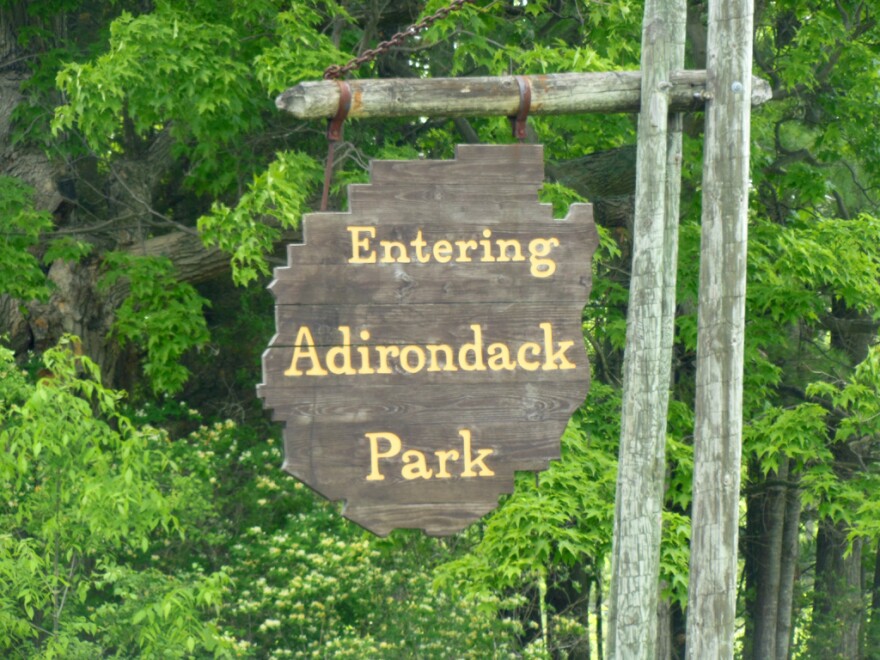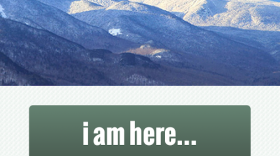The tourism organization that markets and promotes the Adirondack region recently released its latest study of tourism trends in the region. The Leisure Travel Information study finds outdoor activities remain the key attraction.
The Lake Placid based Regional Office of Sustainable Tourism, or ROOST, markets Essex, Franklin and Hamilton counties and towns and villages in the Adirondack Park. This is the 14th year that the Lake Placid-based office has commissioned an independent third party to assess travel trends in its market area.
The study found that more than 960,000 visitors spent an average of $326 a day and generated about $240 million dollars in 2017. Key attractions were outdoor activities followed by relaxing, dining, shopping and sightseeing. Hiking is the most popular outdoor interest, followed by canoeing and kayaking, fishing, boating and skiing.
ROOST CEO James McKenna says most of the results followed trends. “Clearly the Adirondack environment is the main differentiator that we have on other places in the Northeast U.S. and even beyond that. So concentrating on the outdoor activities and the environment of the Adirondacks will always be our number one driver.”
The trend has been for visitors to make shorter trips to the region and spend less. The report for the first time analyzes day-trippers, campgrounds and short-term renters and breaks down their spending by type of lodging. McKenna believes ROOST is one of the few organizations compiling such data. “We looked at the expenditure patterns of day trippers, short term rentals, traditional lodging which means hotel, motel, B&B’s and resorts, and campgrounds and those that visit family and friends. And although the short term rental expenditure for total stay is the highest, it’s the highest because of the lodging cost believe it or not. When you look at meals in restaurants they actually spend less than traditional lodging and also shopping they spend less. So overall you know the short term renters are paying more for lodging but the other categories they are not spending as much.”
The Leisure Travel study estimates visitors spend $62 for every marketing dollar spent.
Plattsburgh North Country Chamber of Commerce President and CEO Garry Douglas says studies like this affirm that tourism marketing is an investment. “It’s an investment in bringing more revenue and jobs and economic activity to your area. It’s not an expense. The real return of course a direct return to a county, whether it’s Clinton or Essex or Franklin or Albany or any place else, is on the sales tax side because obviously much of those $62 that are then being spent in the areas that are a direct result of that marketing are being spent on things that generate county sales tax: gasoline purchases, hotel rooms, attractions. It is the only investment by and large that local government really makes in generating tax revenue for itself. Sometimes that connection isn’t made that it’s really an investment in generating sales tax revenues. And by the way the more you do that the less you have to put things on property taxes.”
A link to the study is here.








